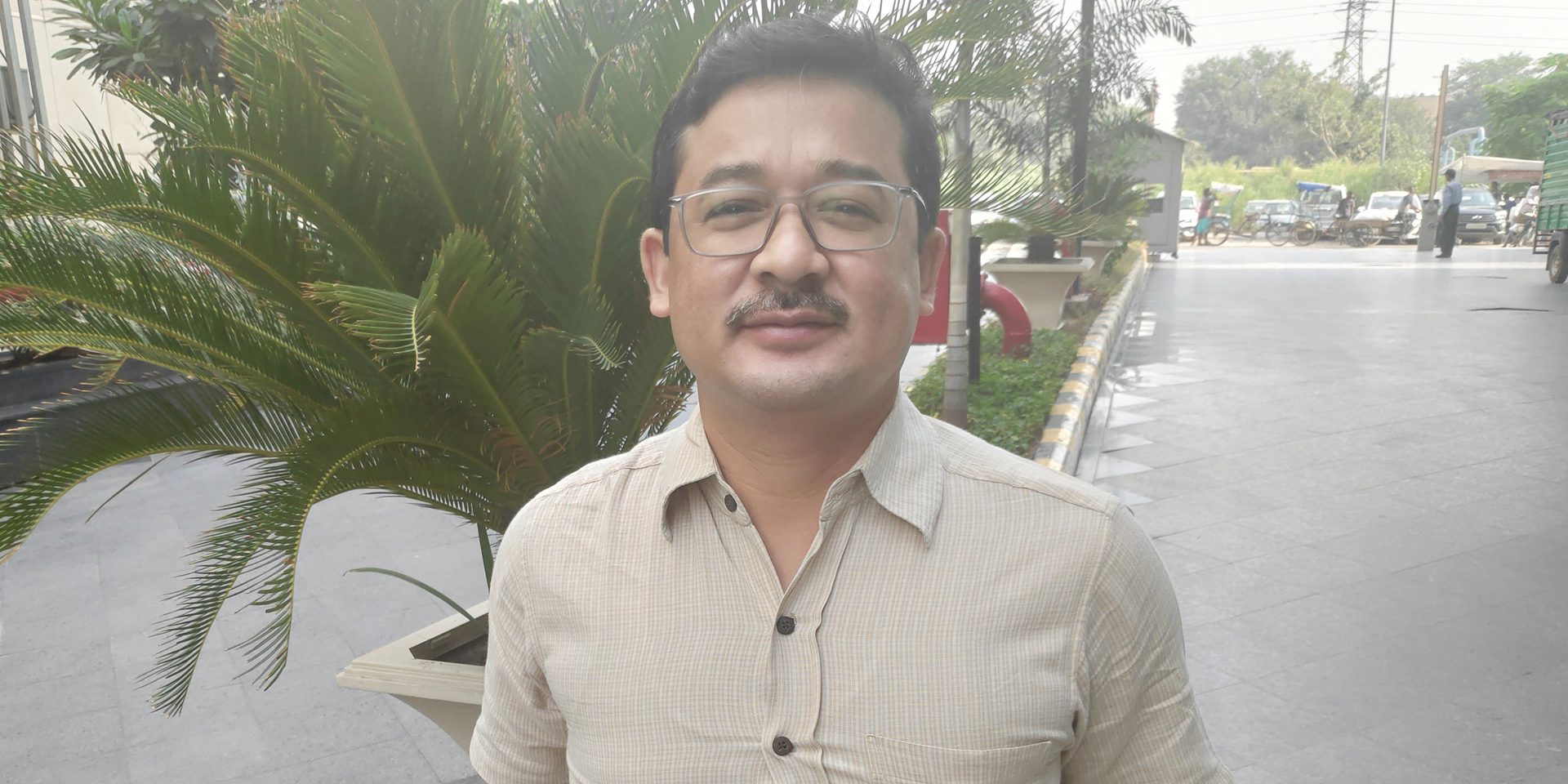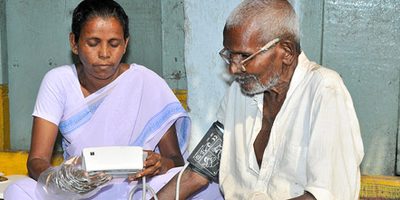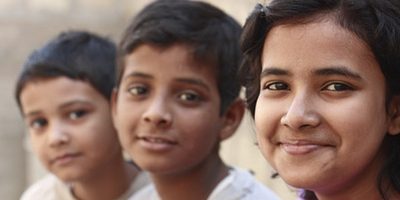
'Stigma attached to mental disorders is gradually coming down in India, but a lot of work needs to be done'- Mercian Daniel
Mercian Daniel works in the Mental Health Program at The George Institute, India. He is a senior research fellow based in New Delhi where he is working on multiple projects focused on adolescent mental health and stigma. Having discovered his love for research during his postgraduate studies, Mercian has spent over 20 years studying and implementing programs in different areas in India to develop best practices for delivery of mental health support services and reduce the treatment gap for mental disorders.
Tell us about your background and early career.
I grew up in a small town outside Kolkata in West-Bengal, India. I completed my graduation from St. Xavier’s college, Kolkata and went on to do my M.Phil. in psychiatric social work from Central Institute of Psychiatry, in the city of Ranchi in India. It is during my M.Phil. training and in the process of writing my dissertation that I got interested in research. I moved to Delhi for my Ph.D. from Jawaharlal Nehru University (JNU). I met my wife in JNU and have been living in this city for about two decades now.
What is your role at The George Institute and current research focus?
I am a senior research fellow in the Delhi office and work with a vibrant mental health team. We are currently examining a primary mental healthcare model to reduce the treatment gap for mental disorders and test resilience enhancing interventions among adolescents living in marginalised conditions. The Systematic Medical Appraisal, Referral and Treatment - better known as the SMART Health Project - covers 44 Primary Healthcare Centres (PHCs) and more than 100 villages in the two Indian states of Andhra Pradesh and Haryana. It attempts to increase community awareness of common mental disorders, reduce stigma related to mental health, and strengthen skills of existing primary health care personnel, including doctors and community healthcare workers.
Tell us about your work on anti-stigma campaigns and what significance that has in a growing, changing country like India.
The treatment gap for mental disorders is very wide in India compared to more developed countries. Within the country too, regional and geographical disparities exist, i.e. among rural and urban localities and southern and northern states. Though the public stigma attached to mental disorders is gradually coming down, there is still a lot of work that needs to be done.
We use a multipronged anti-stigma campaign across different projects. It comprises a variety of information, education and communication (IEC) materials such as pamphlets, brochures, posters, calendars, flipbooks; animation videos, promotional project videos, lived experiences videos, celebrity videos, and live drama performances. It aims to address stigma attached to mental disorders and encourage those who hesitate to seek treatment to ask for help. To address the supply side of mental healthcare, the technology enabled mobile health component of our work trains and capacitates primary care physicians and community health workers to identify, treat and manage people with common mental disorders. Given the low availability of specialty trained professionals in a large country like India, alternative solutions like these holds promise.
What impact do you hope to achieve with your work?
Our work with adolescents in urban slums will help marginalised and vulnerable populations build resilience and enhance mental wellbeing. We believe that this will also help adolescents in coping with the current crisis and stress of the Covid-19 pandemic. As many mental disorders occur during the adolescent period, our interventions will prevent some of the younger population from developing mental disorders later in their lives. Our efforts will inform governments about strategies that might be beneficial for addressing the gaps in providing care for millions suffering from mental disorders in India.
What does ‘thought leadership’ mean to you?
The thought leadership program means that I can improve my skills in communicating my work with the larger non-research community. It can help me build networks and relationships with the global research community working in similar areas of mutual interest. It can help me create more impact with the work we are doing. This may result in a wider audience including policy makers getting to know about my work and could possibly improve program impact.
What can we find you doing outside of work?
I spend leisure time tending to and taking care of my plants that I have grown in my balcony. I also love to paint landscapes in water colour and have started dabbling in Madhubani painting – a traditional Indian art form.




